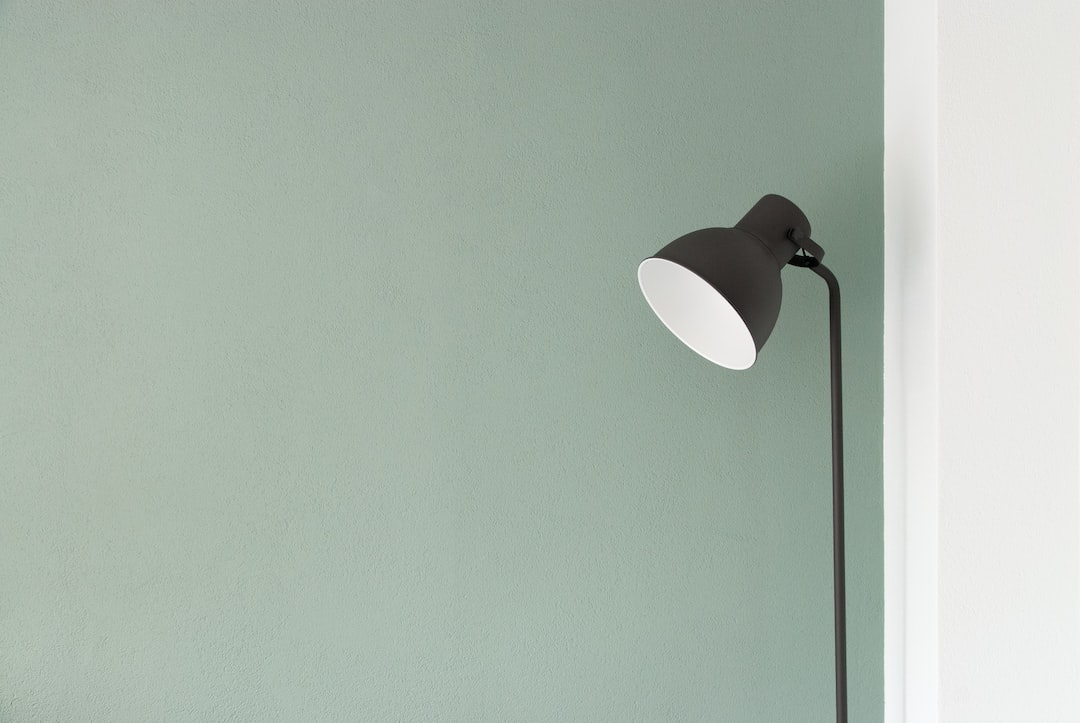Incorporating Antique Furniture in Modern Interiors
In a world dominated by sleek, minimalist designs, antique furniture offers a refreshing and personalized touch to modern interiors. By blending the old with the new, homeowners can create spaces that exude character, warmth, and a sense of history. Incorporating antique furniture into modern interiors is not only a practical way to add functionality but also a means of expressing personal style and creating a unique atmosphere in any room.
One of the key benefits of integrating antique furniture in modern interiors is the ability to infuse a space with a sense of charm and nostalgia. These timeless pieces have stood the test of time and are often associated with a rich history and cultural significance. From a vintage writing desk to a beautifully crafted wooden sideboard, each antique furniture piece has a story to tell. By incorporating such pieces into a modern setting, homeowners can add depth and personality to their interiors.
Another advantage of incorporating antique furniture in modern interiors is the opportunity to create a visually captivating contrast. The juxtaposition of old and new elements can produce a striking effect that instantly grabs attention. For example, placing a vintage wooden dining table in a contemporary dining room filled with sleek metal and glass accents creates an intriguing visual contrast. The mix of styles adds complexity and interest to the space, making it stand out from cookie-cutter modern designs.
In addition to aesthetics, antique furniture also offers functional benefits. Many antique pieces were crafted with exceptional attention to detail and durability, which often surpasses their modern counterparts. Take, for instance, a solid oak Victorian wardrobe. Though it may have stood in a different era, its timeless elegance remains and its robust construction ensures longevity. Choosing antique furniture for practical purposes not only adds character to a space but also ensures high-quality and durable pieces for everyday use.
When incorporating antique furniture, it is important to consider the overall balance and unity within the space. While antique pieces can create focal points and generate intrigue, they should not overwhelm or overcrowd the room. Mixing various styles and eras requires a careful curation process to maintain a harmonious atmosphere. To achieve this, it is essential to select antique pieces that complement the existing modern elements in terms of scale, color scheme, and overall style. Mixing and matching vintage and contemporary elements successfully lies in finding the right balance and maintaining a coherent design concept.
One popular approach to incorporating antique furniture in modern interiors is through the use of accent pieces. A standalone vintage chair, an antique mirror, or a set of old-fashioned candlesticks can add character and a touch of history to an otherwise minimalist space. By strategically placing these accents within modern interiors, homeowners can achieve a seamless integration of styles without overpowering the overall design.
Lastly, it is crucial to take into account the condition and maintenance requirements of antique furniture. Prior to purchasing, it is advisable to thoroughly examine each piece for any structural damage or restoration needs. Additionally, special care and gentle cleaning measures may be required to preserve the integrity and authenticity of these cherished pieces. Consulting with professionals or antique furniture experts can provide invaluable guidance on proper care techniques and maintenance routines.
In conclusion, incorporating antique furniture in modern interiors can elevate the style and ambiance of any space. By combining old-world charm with contemporary design, homeowners can create unique and captivating environments that reflect their individual taste and embrace the beauty of the past. Whether used as focal points or accent pieces, antique furniture brings a sense of history and character to modern interiors, enhancing both aesthetics and functionality.

